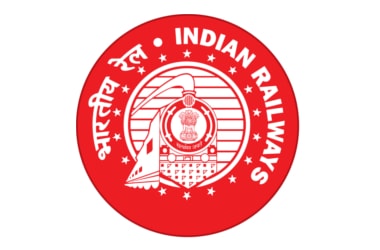
Indian Railways launched the non-fare revenue policy, a first in Railways.
This policy will consider different areas ranging from advertising in trains and other areas such as bridges and other assets, setting up of ATMs at platforms to digital content for passengers.
Salient Features of the Policies:- The policies are based on feedback from the key players in the industry. Some of the key inputs considered in the policies are:
1. Long Term Contracts - 10 years
2. Single Point of Contact within Indian Railways - Non-Fare Revenue Directorate
3. Credibility of Partner - including a technical and financial capability model
4. Transparent Process - E- Auction
5. Better media planning for Railway assets - Allowing zone/train/station wise packages
Key Policies are -1.
Non-Fare Revenue Policy - allow Indian Railways to consider unsolicited proposals of earnings through Non-Fare sources.
2.
Out of Home Advertising Policy - allow monetisation of Railway Assets by means of advertising.
3.
Train Branding Policy - augment advertising revenue of Indian Railways by allowing internal and external advertisement.
4.
Content on Demand and Rail Radio Policy - allow monetization of entertainment based services on trains and stations. Entertainment services shall be provided through audio (P.A systems) and video systems (personal devices of the passengers) on trains and platforms.
5.
ATMs Policy - allow setting up ATMs at major stations of the Indian Railways.